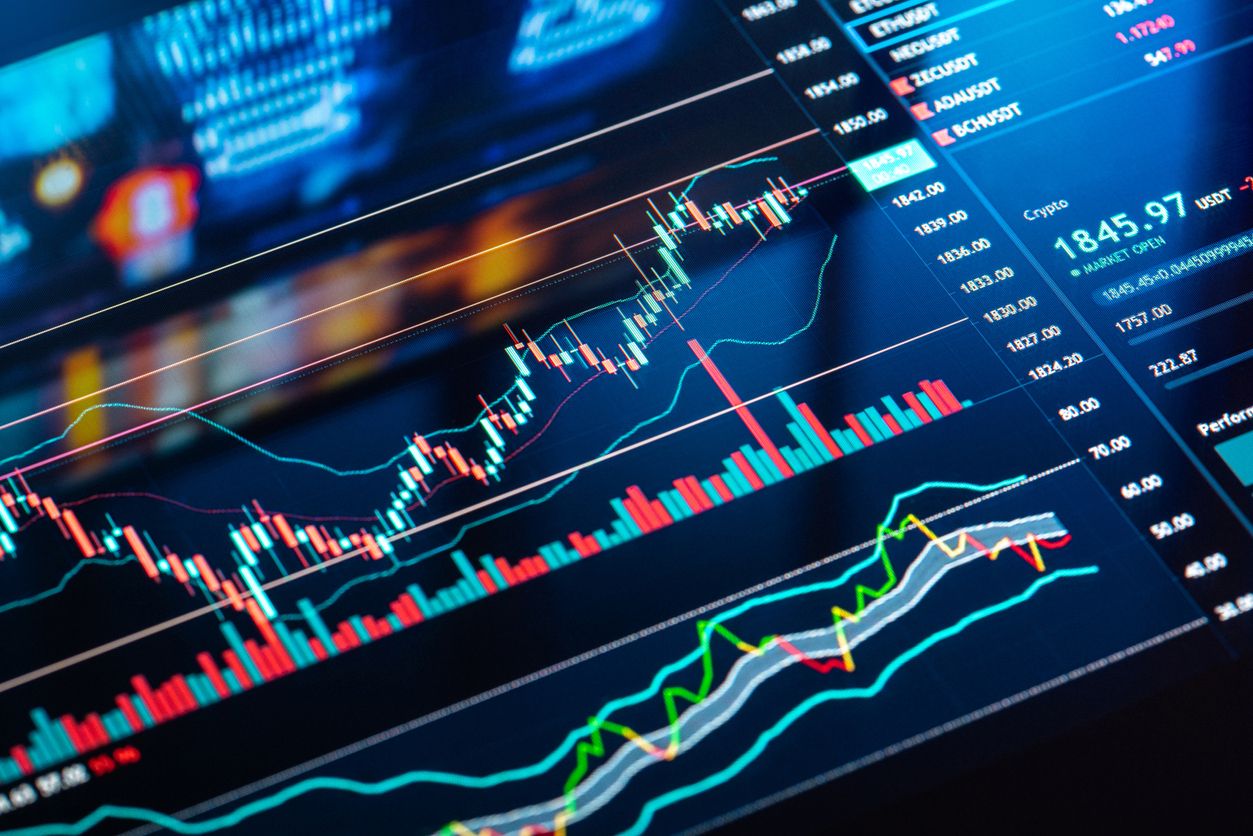
In the fast-paced world of forex trading, selecting the right trading platform is crucial for success. With a myriad of options available, traders often need help with making this decision. In this comprehensive guide, we’ll delve into the intricacies of forex trading platforms and provide you with the tools and knowledge necessary to choose the best option for your trading needs.
What are Forex Trading Platforms?
Forex trading platforms are software interfaces that connect traders to the foreign exchange market, allowing them to buy and sell currency pairs. These platforms come in various forms, including web-based, desktop, and mobile applications, each offering unique features and functionalities.
Selecting the right forex trading platform is akin to choosing the proper tools for a job. A reliable platform can enhance trading efficiency, provide access to crucial market data, and facilitate seamless execution of trades. Conversely, a subpar platform may result in missed opportunities, technical glitches, and frustration.
When evaluating forex trading platforms, several factors should be taken into account, including reliability, user-friendliness, available assets, execution speed, analytical tools, customer support, fees, and regulatory compliance. By carefully assessing these criteria, traders can make informed decisions and select platforms that align with their trading goals and preferences. For more insights on forex trading, you can check out for example the latest EUR/USD, AUD/UDS, and CHF/JPY price trends.
Understanding Forex Trading Platforms
Web-based platforms are accessible via a web browser, eliminating the need for downloads or installations. They offer convenience and flexibility, allowing traders to access their accounts from any internet-enabled device. Desktop platforms are installed on a trader’s computer and typically provide advanced features and customization options. While they may require initial setup and periodic updates, desktop platforms often provide robust charting tools and lightning-fast execution speeds.
Mobile platforms are designed for trading on the go, enabling traders to monitor the markets and execute trades from their smartphones or tablets. These platforms are ideal for traders who require flexibility and mobility in their trading activities. Forex trading platforms come equipped with a range of features and tools to assist traders in their decision-making process. These may include real-time market data, charting tools, technical indicators, news feeds, economic calendars, and risk management tools.
Factors to Consider When Choosing a Forex Trading Platform
Reliability and security are paramount when selecting a forex trading platform. Traders should ensure that the platform is stable, secure, and capable of handling high volumes of transactions without downtime or technical issues. A user-friendly interface is essential for traders of all experience levels. The platform should be intuitive and easy to navigate, with clear layouts and accessible features. Additionally, customizable settings can enhance the user experience and streamline trading workflows.
The availability of assets and instruments can vary significantly between forex trading platforms. Traders should choose platforms that offer a diverse range of currency pairs, as well as other financial instruments such as commodities, indices, and cryptocurrencies, depending on their trading preferences. Execution speed and reliability are critical factors in forex trading, particularly for scalpers and high-frequency traders. Traders should opt for platforms that offer fast and reliable order execution with minimal latency and slippage.
Step-by-Step Guide to Choosing the Best Forex Trading Platform
Begin by identifying your trading objectives, risk tolerance, and preferred trading style. Consider factors such as trading hours, available capital, and desired level of involvement in the markets. Conduct thorough research on the available forex trading platforms, taking into account factors such as reputation, features, user reviews, and regulatory status. Narrow down your options to a shortlist of platforms that best meet your requirements.
Evaluate each platform based on the critical criteria outlined earlier, paying close attention to factors such as reliability, user-friendliness, available assets, and fees. Eliminate platforms that do not meet your minimum requirements. Many forex trading platforms offer demo accounts, allowing traders to test the platform’s features and functionalities with virtual funds. Take advantage of these demo accounts to familiarize yourself with each platform and assess its suitability for your trading needs.
Tips for Maximizing Your Experience with a Forex Trading Platform
Take advantage of the educational resources offered by forex trading platforms to enhance your trading knowledge and skills. Attend webinars, read articles, and watch tutorials to stay informed and continually improve your trading performance. Set realistic trading goals and develop a robust risk management strategy to protect your capital and minimize losses. Use tools such as stop-loss orders and position sizing to manage risk effectively and maintain discipline in your trading activities.
Stay informed about platform updates and developments to leverage new features and enhancements. Follow the platform’s official channels, such as blogs, social media accounts, and newsletters, to stay up-to-date with the latest news and announcements. Forex trading is a journey of continuous learning and improvement. Analyze your trading performance regularly, identify areas for improvement, and seek feedback from experienced traders or mentors to refine your skills and strategies over time.
Conclusion
In conclusion, choosing the best forex trading platform requires careful consideration of various factors, including reliability, user-friendliness, available assets, fees, and regulatory compliance. By following the steps outlined in this guide and utilizing the tips provided, traders can make informed decisions and select platforms that align with their trading goals and preferences. Remember to stay disciplined, keep learning, and adapt to the ever-changing dynamics of the forex market to achieve long-term success.
